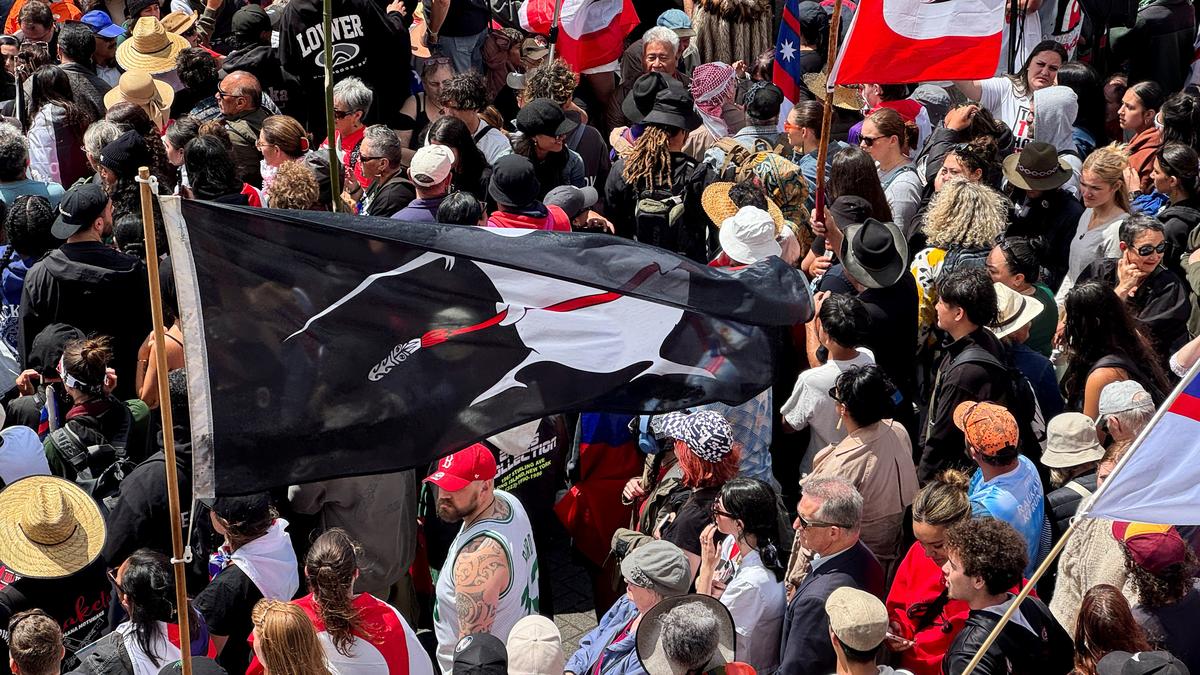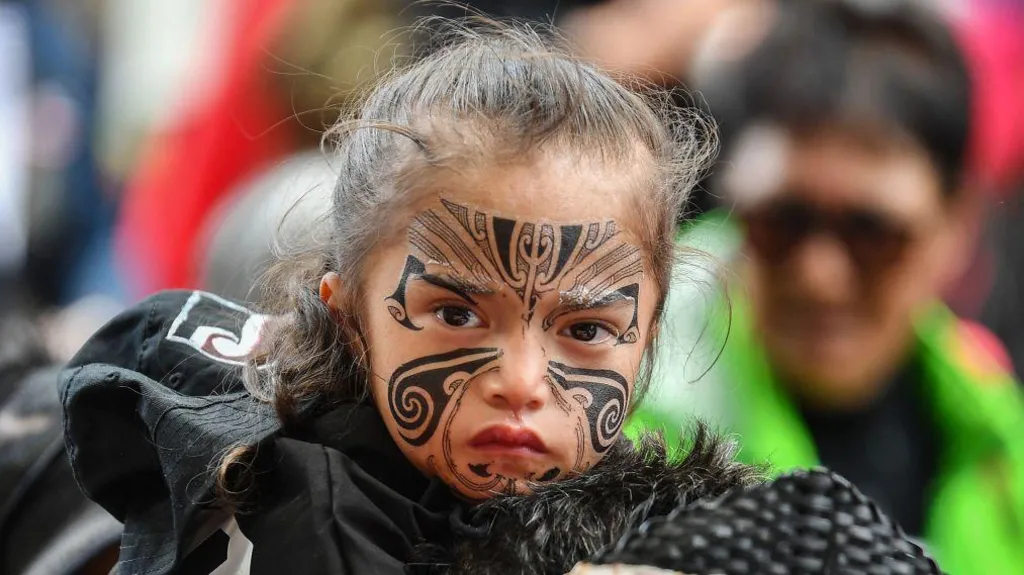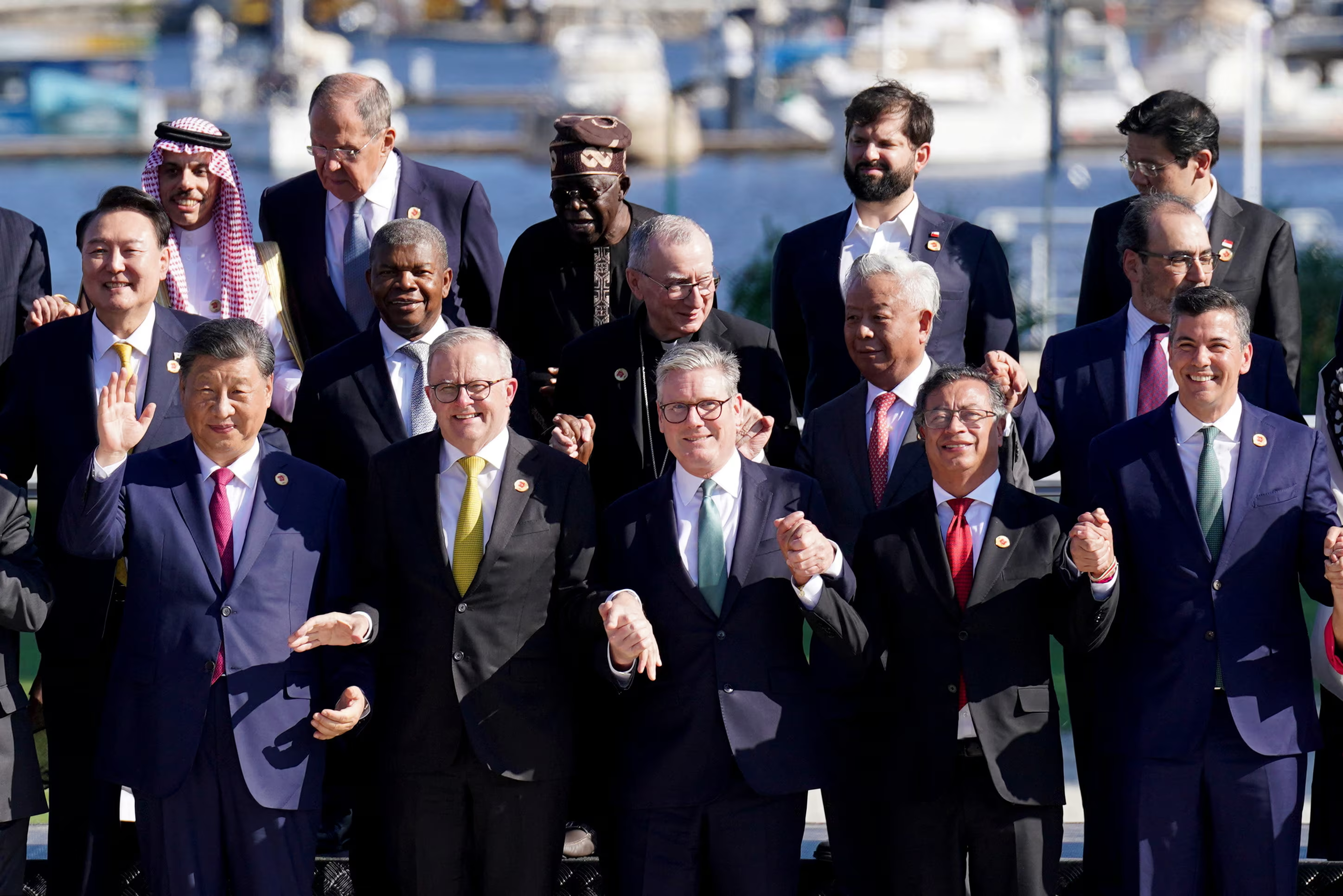- Home
- /
- News
- /
- Global News
- /
- Tens of thousands march on NZ parliament in protest against Maori treaty bill
Tens of thousands march on NZ parliament in protest against Maori treaty bill
11/19/2024
A protest march estimated to be one of the largest in New Zealand history arrived at parliament on Tuesday, flooding the grounds with song in a display of unity against a controversial bill seeking to reinterpret the country’s founding treaty between Māori and the crown.
Police said around 42,000 people took part in the march, in what was likely New Zealand’s largest-ever protest in support of Māori rights.
If passed into law, the treaty principles bill would radically alter the way the Treaty of Waitangi is interpreted. The treaty is an agreement signed in 1840 between more than 500 Māori chiefs and the crown and is instrumental in upholding Māori rights.
The bill is a flagship policy of the minor libertarian Act party – which forms part of the coalition government – and seeks to get rid of the well-established principles in favour of its own, redefined principles.
As the first group of marchers reached parliament just before midday, the crowd stretched around 2km through the city, colouring the skyline with the red, white and black of the tino rangatiratanga flag – the national Māori flag. Protesters carried placards calling on the government to honour the treaty and “kill the bill”, while singing and haka broke out as people moved through the streets.
The hīkoi mō te Tīriti (march for the treaty) began nine days ago at the northernmost tip of the country at Cape Reinga, and has been winding its way down the North Island towards the capital, Wellington. Prompted by the introduction of the controversial treaty principles bill, the protest has also called out a variety of government policies that could affect Māori, and has become a movement celebrating Indigenous pride and culture.
“The Māori nation has been born today,” Eru Kapa-Kingi, who has become the face of the protest movement, told the crowd. “Every single one of you who joined this march today, I hope you realise what you have committed to today. You have committed to a future where we revert back to the reality of our rangatira [chiefs].
The bill does not have widespread support and is unlikely to become law. However, it has prompted widespread anger among the public, academics, lawyers and Māori rights groups who believe it is creating division, undermining the treaty, and damaging the relationship between Māori and ruling authorities.
The justice committee will hear submissions on the bill, which is expected to take six months, after which it will return to parliament for a second reading.
On Tuesday, the organisers’ calls for a peaceful protest were heeded, leading to a lively display of joy and unity. Despite the size of the crowds, no disturbances were reported to police. Many non-Māori turned out in support of the hīkoi, distressed by what they see as an assault on Māori rights.
Among them was Alice Soper, who joined the march in Wellington. She said while much of the protest was directed at the bill, it was also about the broad sweep of government policies that risk rolling back Māori rights, including disestablishing the Māori health authority.
“The current government has traded its relationship to Māori, in order to get access to power. We have seen so many attacks on Māori and it’s not just about Māori, it’s about all of us.
“I have never in my life seen a march that big … that speaks for itself.”
Hayley Komene, who is from the Ngāti Kauwhata tribe, said there was a “real strength and pride”, at the march. “There are people from lots of different backgrounds here for the same reason – it’s beautiful.”
Komene condemned the government’s Māori policies, calling them “absolutely ridiculous”. “Te tiriti is a constitutional document of our country.”
The Māori Queen, Nga wai hono i te po, was also among those protesting.
“The Māori Queen is willing to help lead a conversation about nationhood and national unity but she will not accept a unilateral process that undermines [the treaty],” her spokesperson, Ngira Simmons, said in a statement on Monday.
The architect of the bill, Act party leader David Seymour, was confronted with chants of “kill the bill” as walked out of parliament and made a brief appearance before the march, before waving and walking back inside.
Speaking to Radio New Zealand afterwards, Seymour said he thought it was important to be there but that the hīkoi was not representative of New Zealand.
“There will always be people who are out there making a lot of noise,” he said. “I think at the end of the day the overwhelming majority of New Zealanders are at work, going to school, and they’ll be able to engage in this debate in their own way.”





















